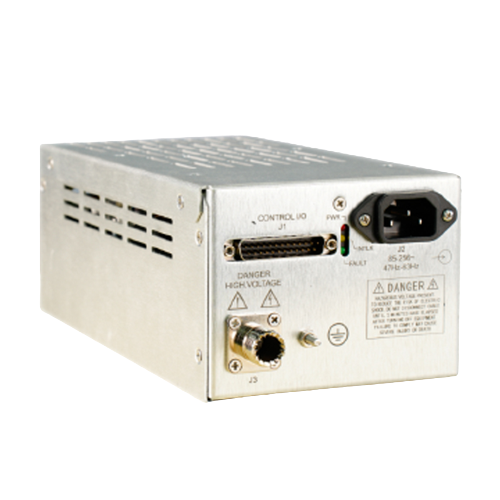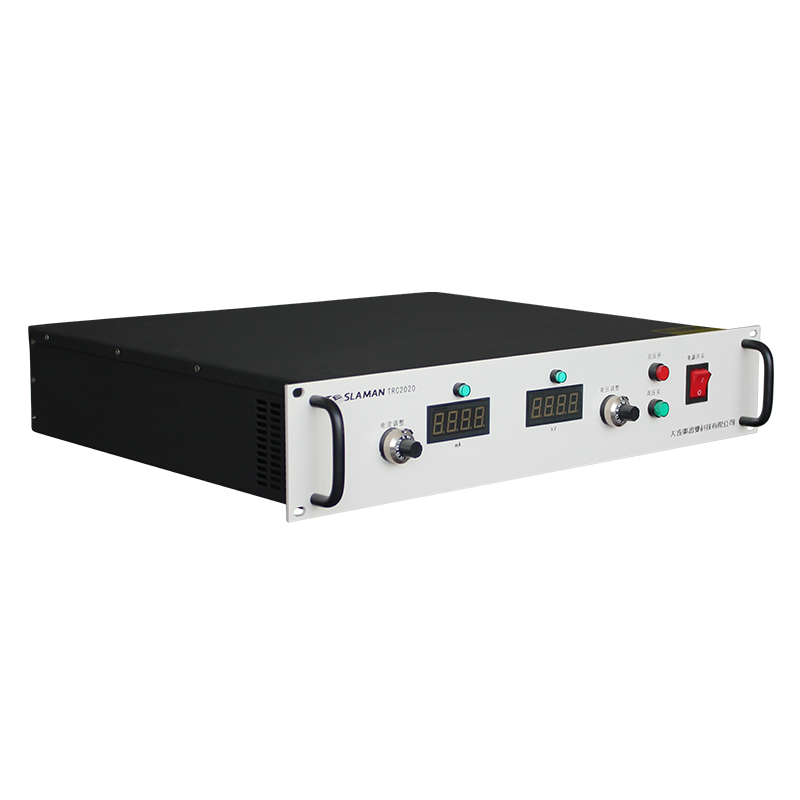High-Voltage Power Supplies in Accelerators: Critical Supporting Technology Driving Particle Physics Research
Abstract:
The application of high-voltage power supplies in accelerators is an indispensable component of particle physics research. Serving as the driving force for particle beam acceleration, it provides researchers with the essential tools to delve into the mysteries of the microcosm. This article will extensively explore the application of high-voltage power supplies in accelerators and the pivotal role they play as critical supporting technology in advancing particle physics research.
1. Introduction
Accelerators are crucial tools in particle physics research, enabling scientists to explore the secrets of the microcosm by accelerating charged particles to high energies and velocities. High-voltage power supplies constitute a core component of accelerators, providing a stable electric field and potential to propel particle beams.
2. Basic Principles of High-Voltage Power Supplies
High-voltage power supplies convert electrical energy into high voltage, creating a powerful electric field to impart sufficient kinetic energy to charged particles. This involves the coordinated action of components such as high-voltage generators, transformers, and rectifiers. In accelerators, high-voltage power supplies typically require high precision, stability, and rapid adjustment to ensure the intended acceleration of particle beams.
3. Applications of High-Voltage Power Supplies in Particle Physics Research
High-voltage power supplies find diverse applications in particle physics research, including:
3.1 Particle Acceleration
High-voltage power supplies provide the necessary potential difference for particle accelerators, accelerating charged particles to extremely high energies. This offers scientists opportunities to study particle collisions, fundamental particle properties, and the origin of the universe.
3.2 Ion Injection
In certain experiments, scientists need to inject ions into accelerators for more complex studies. High-voltage power supplies support these experiments by controlling the charge state and energy of ions.
3.3 Particle Separation and Selection
High-voltage power supplies are also used to separate and select particles with specific energies or charge states, enabling scientists to conduct more precise experiments and research.
4. Technological Challenges and Innovations
The use of high-voltage power supplies in accelerators poses various technological challenges, such as the need for high stability, precision, and rapid adjustment of the power supply. Through continuous innovation, scientists and engineers have overcome these challenges by employing advanced electronics, control systems, and materials technology, improving the performance of high-voltage power supplies.
5. Conclusion
As a critical component of accelerators, high-voltage power supplies play an irreplaceable role in driving particle physics research. Through ongoing technological innovation and engineering optimization, high-voltage power supplies not only provide a highly stable electric field but also offer scientists more precise and sophisticated research tools, advancing the field of particle physics. With the continuous progress of technology, the application of high-voltage power supplies is poised to achieve even more remarkable accomplishments in supporting our exploration of the mysteries of the universe.




















